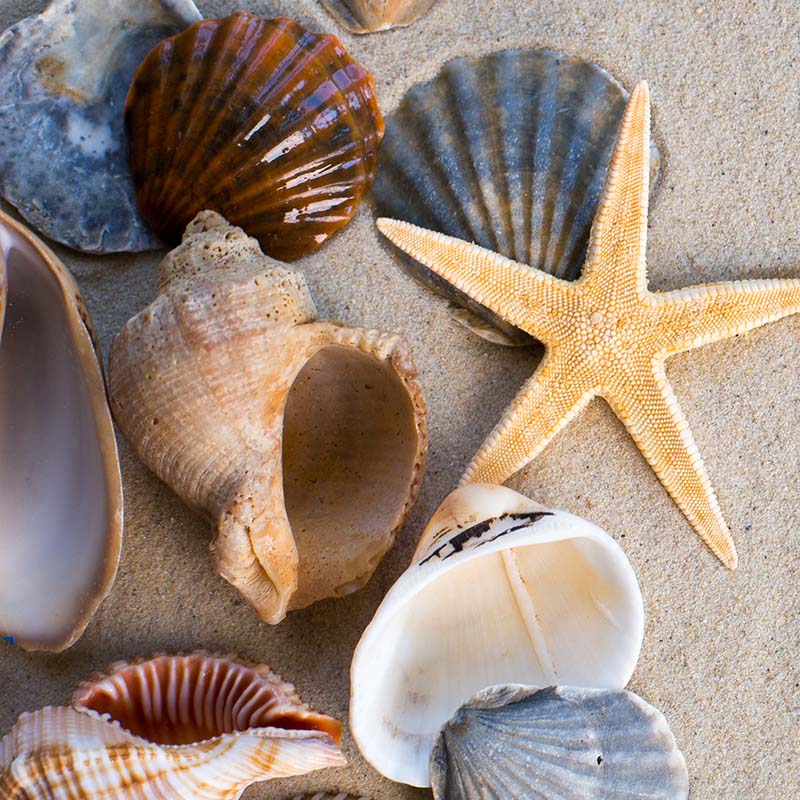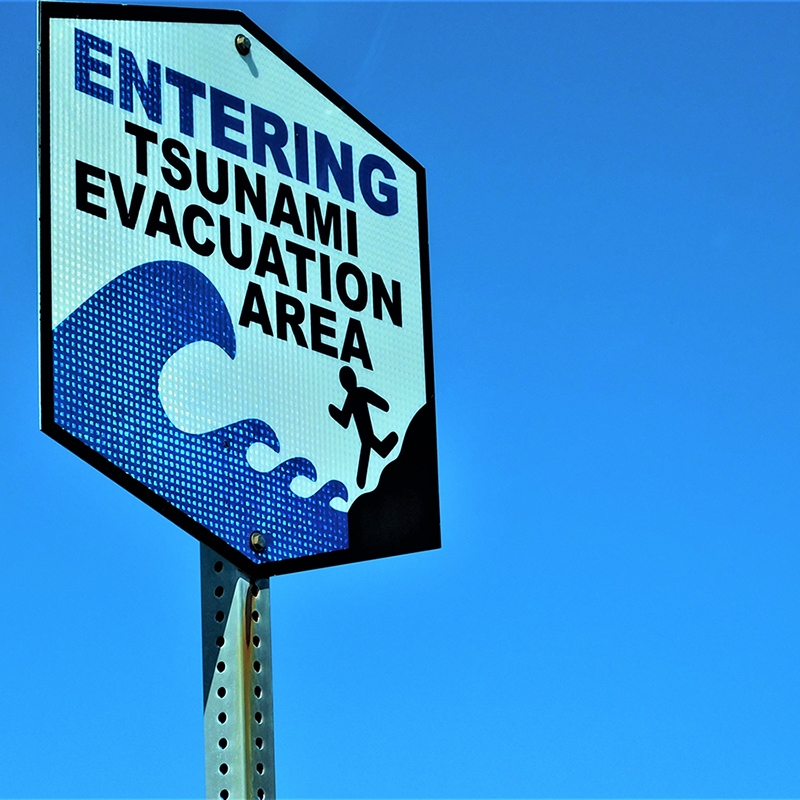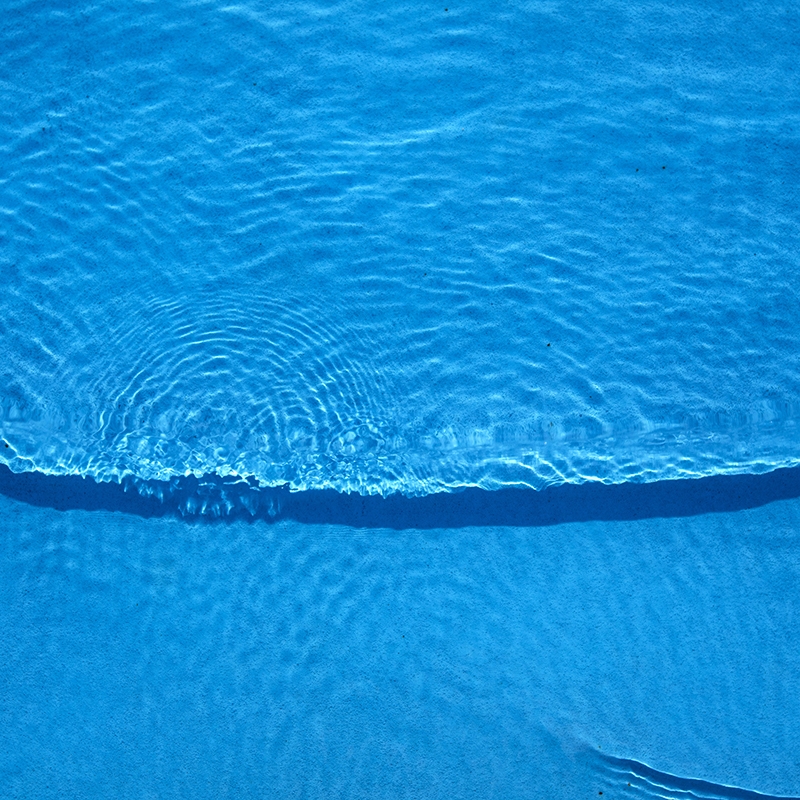Evalutating the Cost-Effectiveness and Productivity of Geoengineering Methods

By: Abhijith S., Neil D., Shrey M.Year: 2024School: Venado Middle SchoolGrade: 8Science Teacher: Eugene Hahn In the quest to combat global warming, geoengineering presents promising methods for reflecting heat radiation away from Earth. The project conducted by Neil, Shrey and Abhijith aimed to determine which of the two solar geoengineering methods, space mirroring or stratospheric aerosol injection (S.A.I.), …






